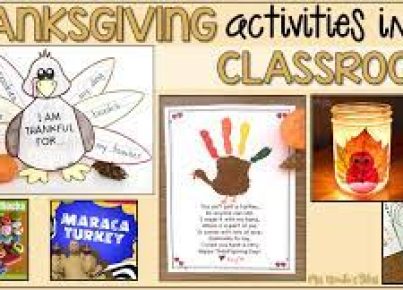Classroom management is an essential skill that every teacher must effectively develop to create an environment conducive to learning. Various resources are available to aid educators in mastering this skill, ensuring that they can maintain a positive atmosphere, manage behavior, and keep students engaged. In this article, we’ll explore some useful classroom management teaching resources that can be easily integrated into any educational setting.
1. Books and Guides:
There are several books dedicated to the topic of classroom management for teachers at all levels of experience. “The First Days of School” by Harry K. Wong and Rosemary T. Wong provides comprehensive strategies for setting up a successful school year, while “Teach Like a Champion” by Doug Lemov offers practical techniques for classroom discipline and student engagement. These books are treasure troves of actionable advice.
2. Educational Websites and Blogs:
Educational websites such as Edutopia, TeachThought, and Smart Classroom Management offer an array of articles, blog posts, and downloadable materials covering classroom management tips and real-life examples of best practices in action.
3. Professional Development Workshops:
Many educational consultants and organizations offer workshops and seminars on classroom management. Attending these can provide educators with an opportunity to learn from experts in the field, participate in discussions with peers, and practice new strategies.
4. Online Forums and Social Media Groups:
Online communities like the Classroom Management group on Teachers Pay Teachers or TeachersOnTwitter provide platforms where educators can share experiences, seek advice, and trade resources related to managing classrooms effectively.
5. Classroom Management Software:
Technology can be leveraged to handle certain aspects of classroom management. Tools such as ClassDojo or Google Classroom help teachers track behavior, streamline communication with students and parents, and organize class materials digitally.
6. Visual Aids and Charts:
Implementing visual aids like posters that outline rules or charts that track student progress can serve as constant reminders for students about behavioral expectations and achievements.
7. Behavior Management Systems:
Systems such as PBIS (Positive Behavioral Interventions & Supports) focus on establishing a school-wide approach to managing student behavior positively while creating a supportive school climate.
8. Videos and Webinars:
Educational platforms like YouTube have numerous channels devoted to teaching strategies including classroom management hacks. The Teaching Channel offers videos demonstrating effective classroom management techniques in action.
9. Peer Observation:
Collaborating with colleagues through peer observation can lead to insights into different management styles and techniques that could be adapted to one’s own teaching practice.
10. Role-Playing Scenarios:
Creating mock situations where teachers can practice managing difficult scenarios can help prepare them for real-life challenges within the classroom environment.
Each of these resources plays a significant role in equipping teachers with the knowledge, skills, and confidence they need to manage their classrooms effectively. Utilizing a combination of these tools can help create a structured learning environment where students feel safe, respected, and motivated to learn.





